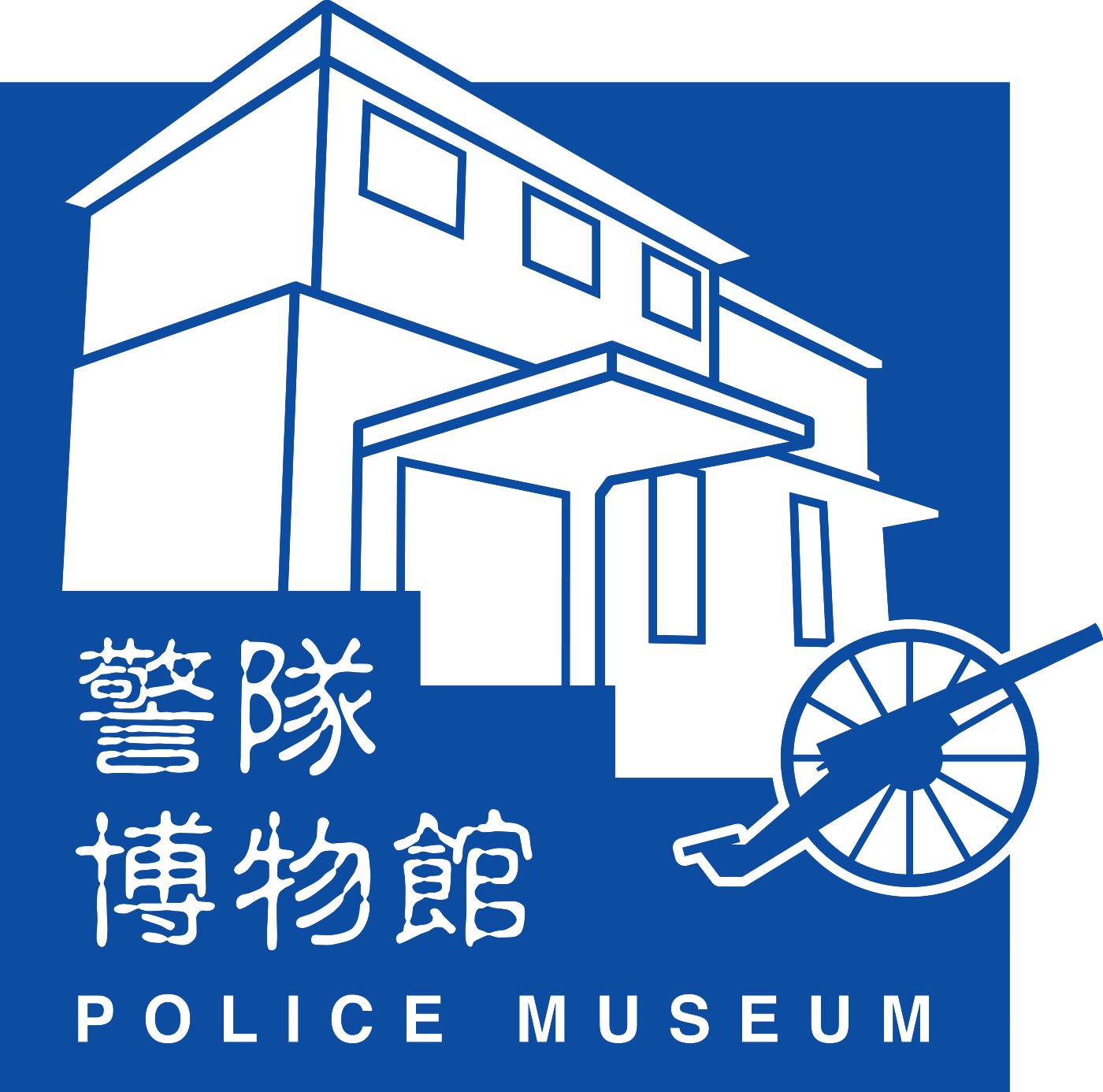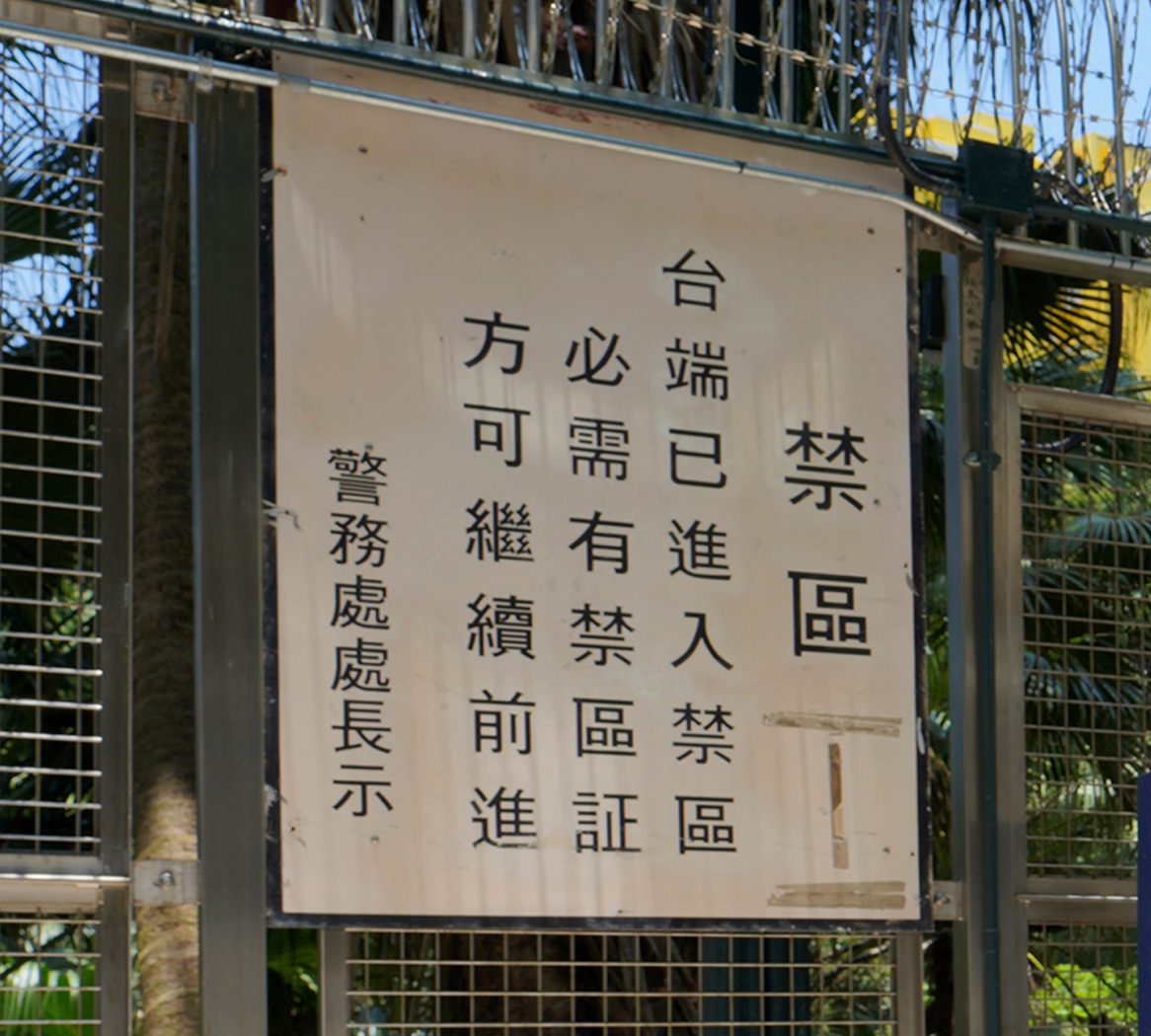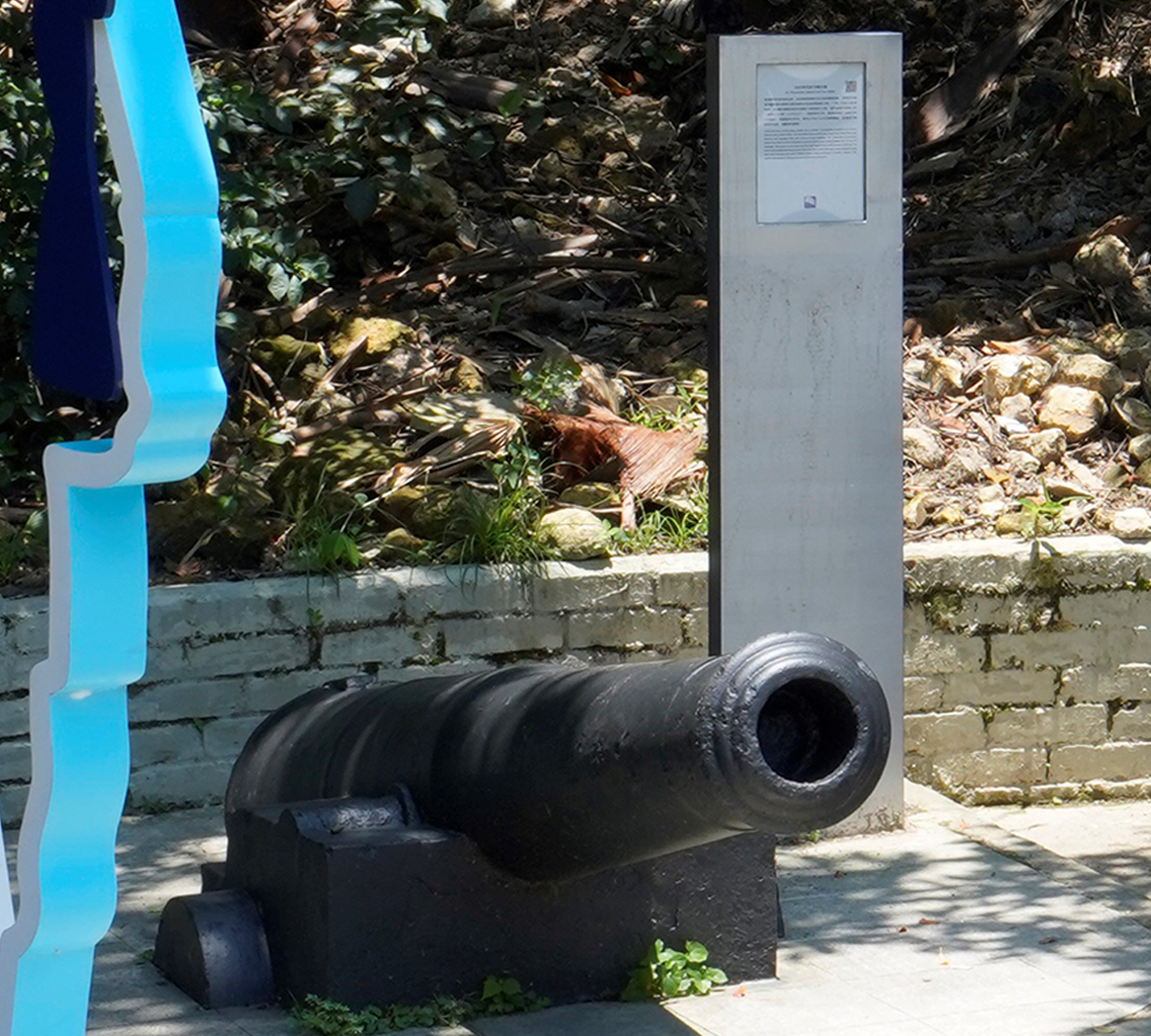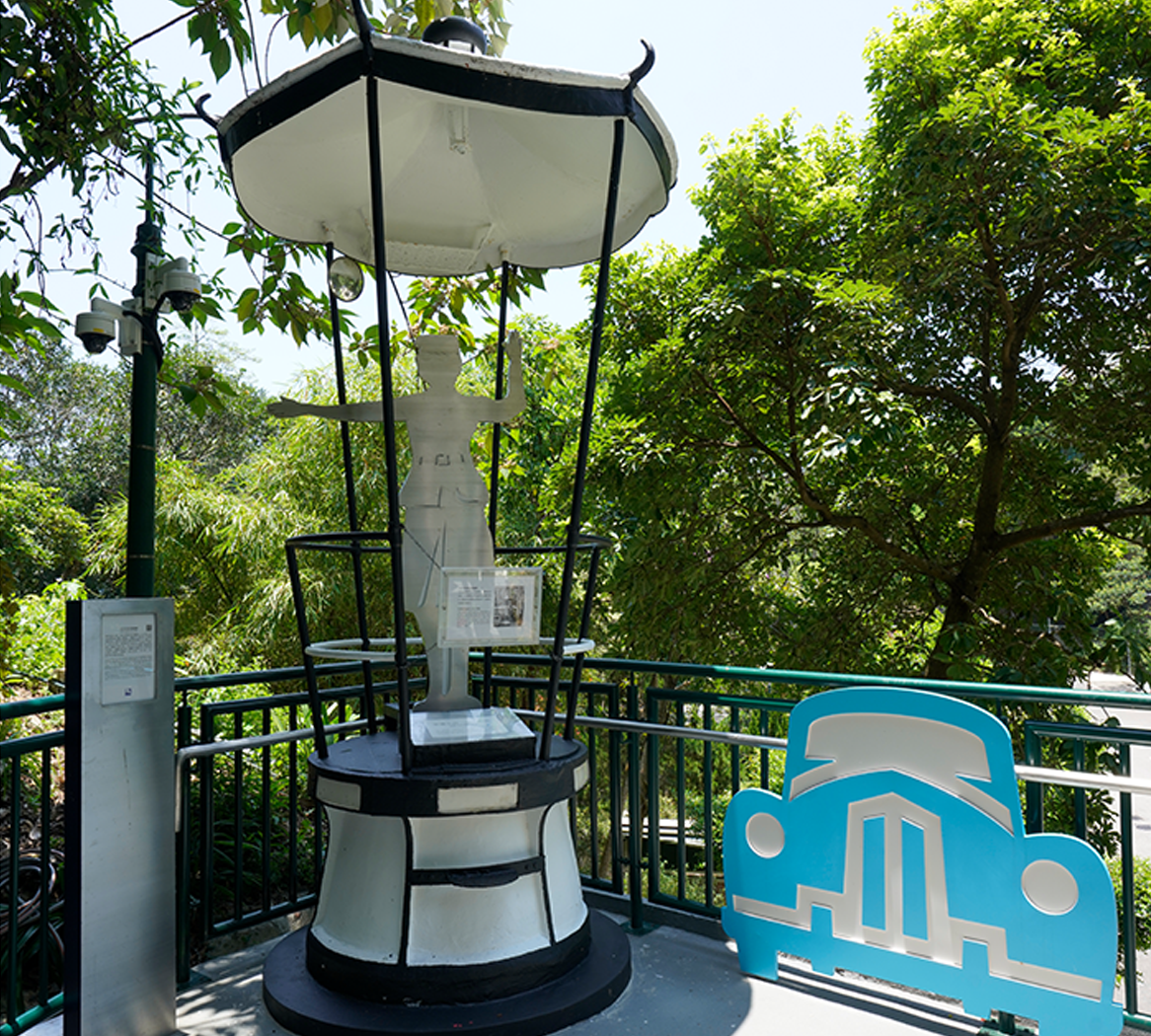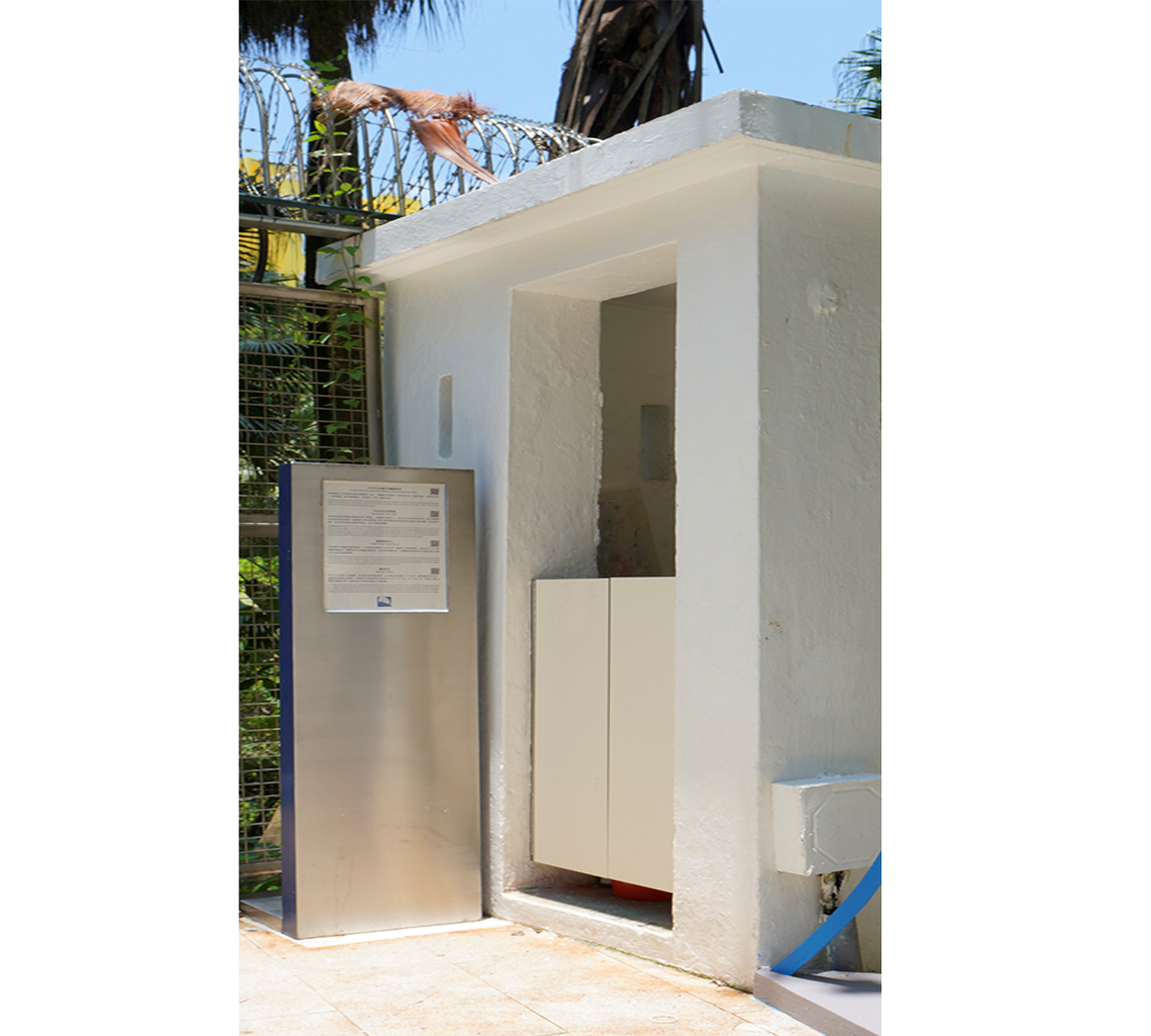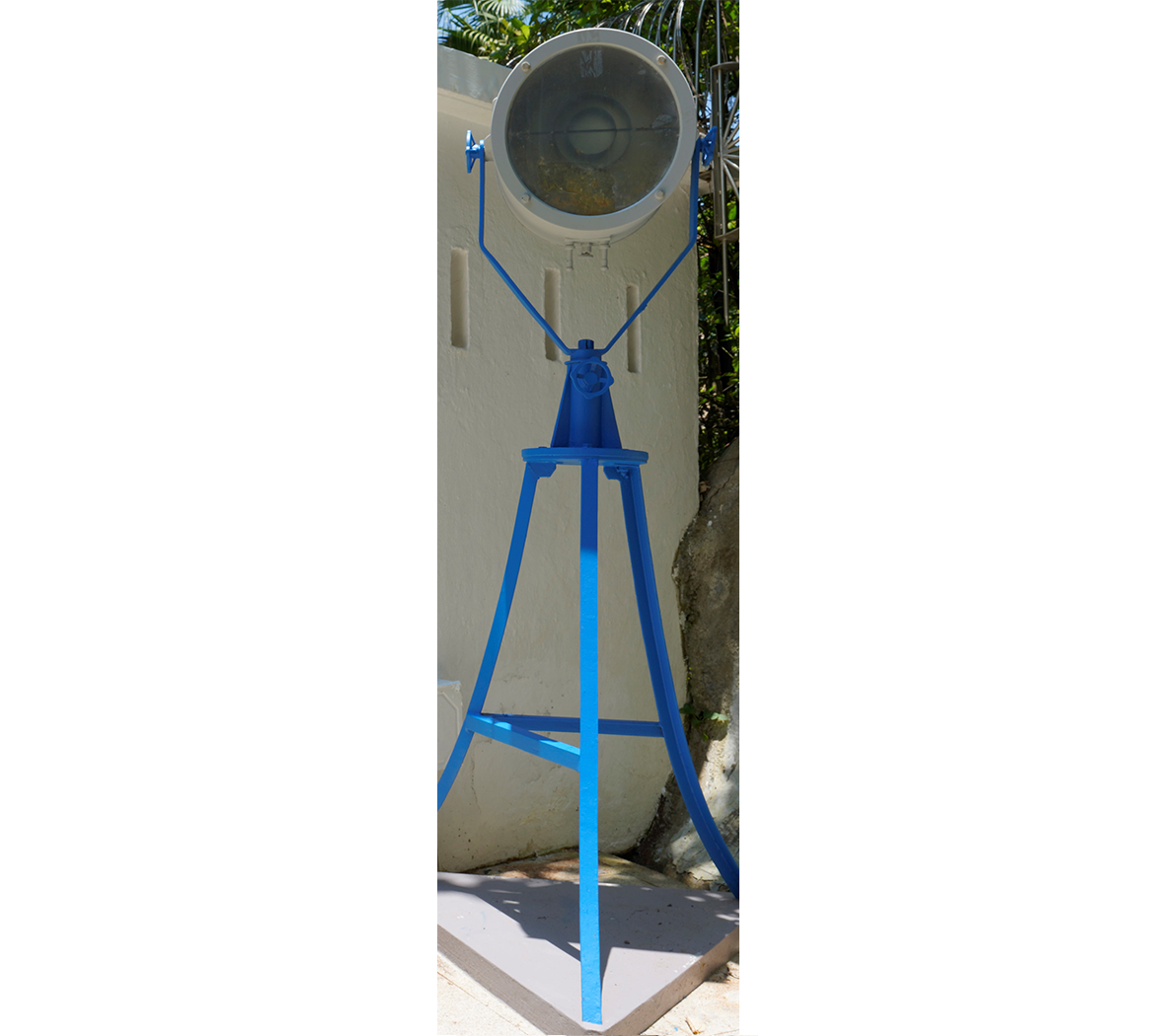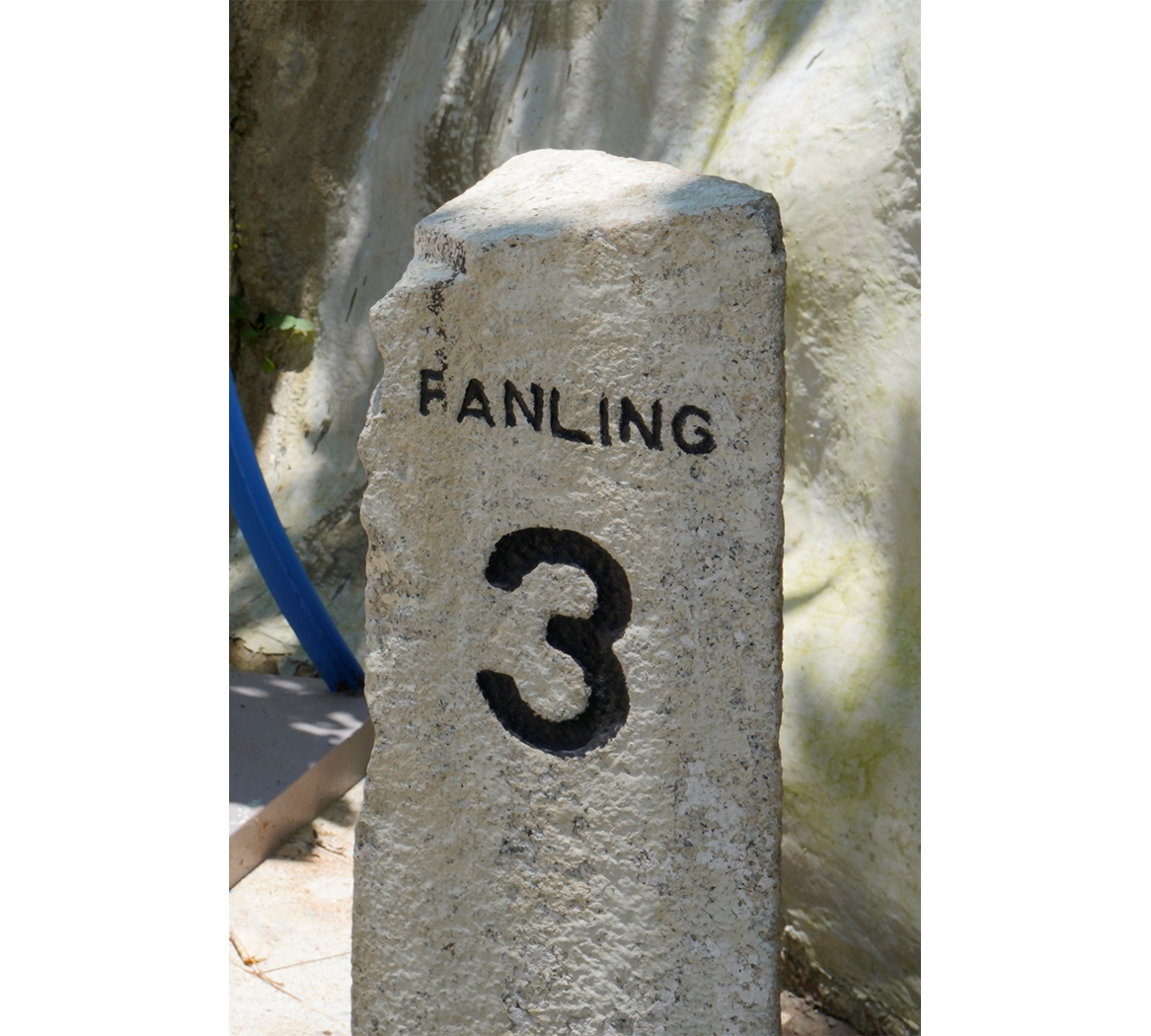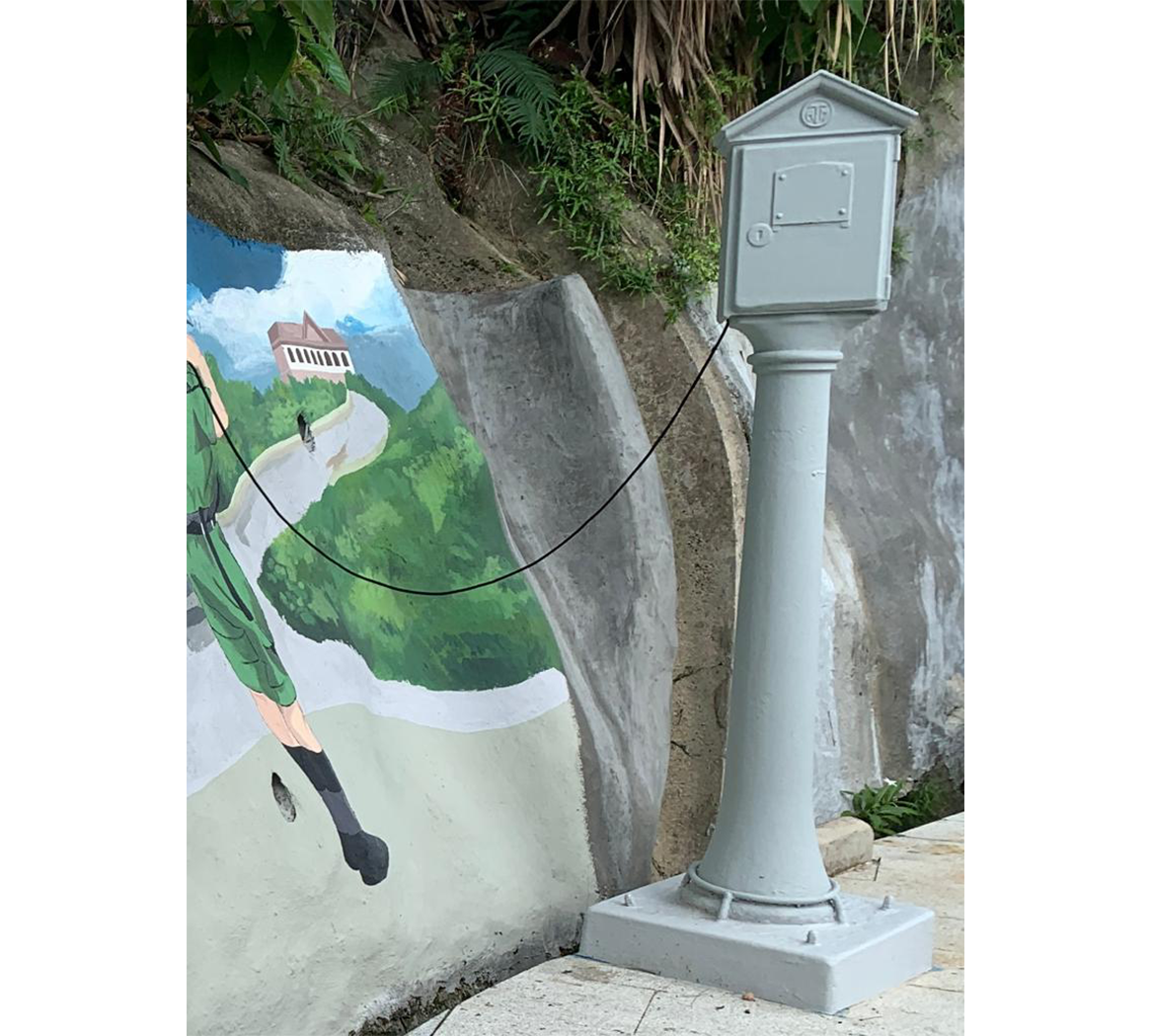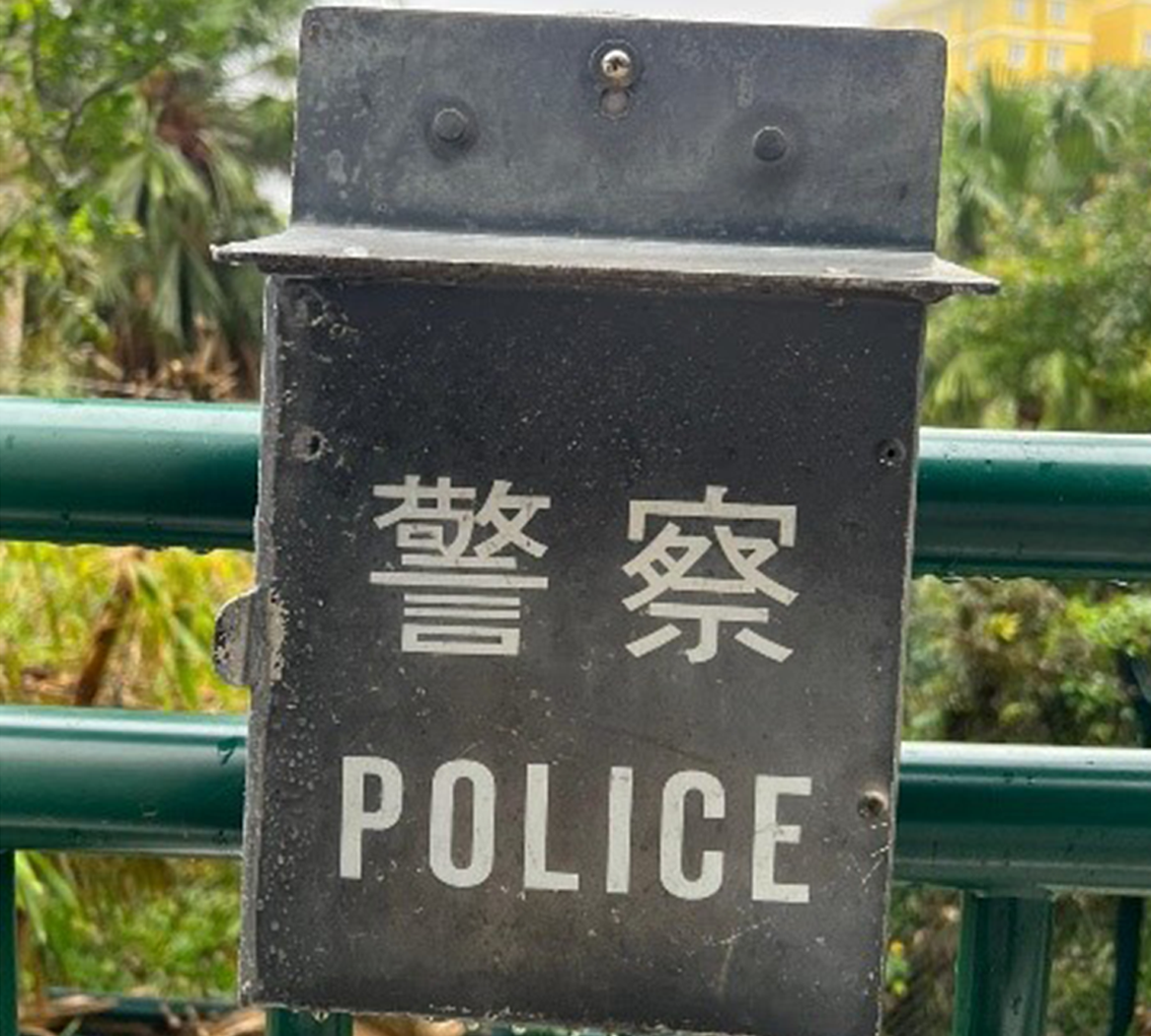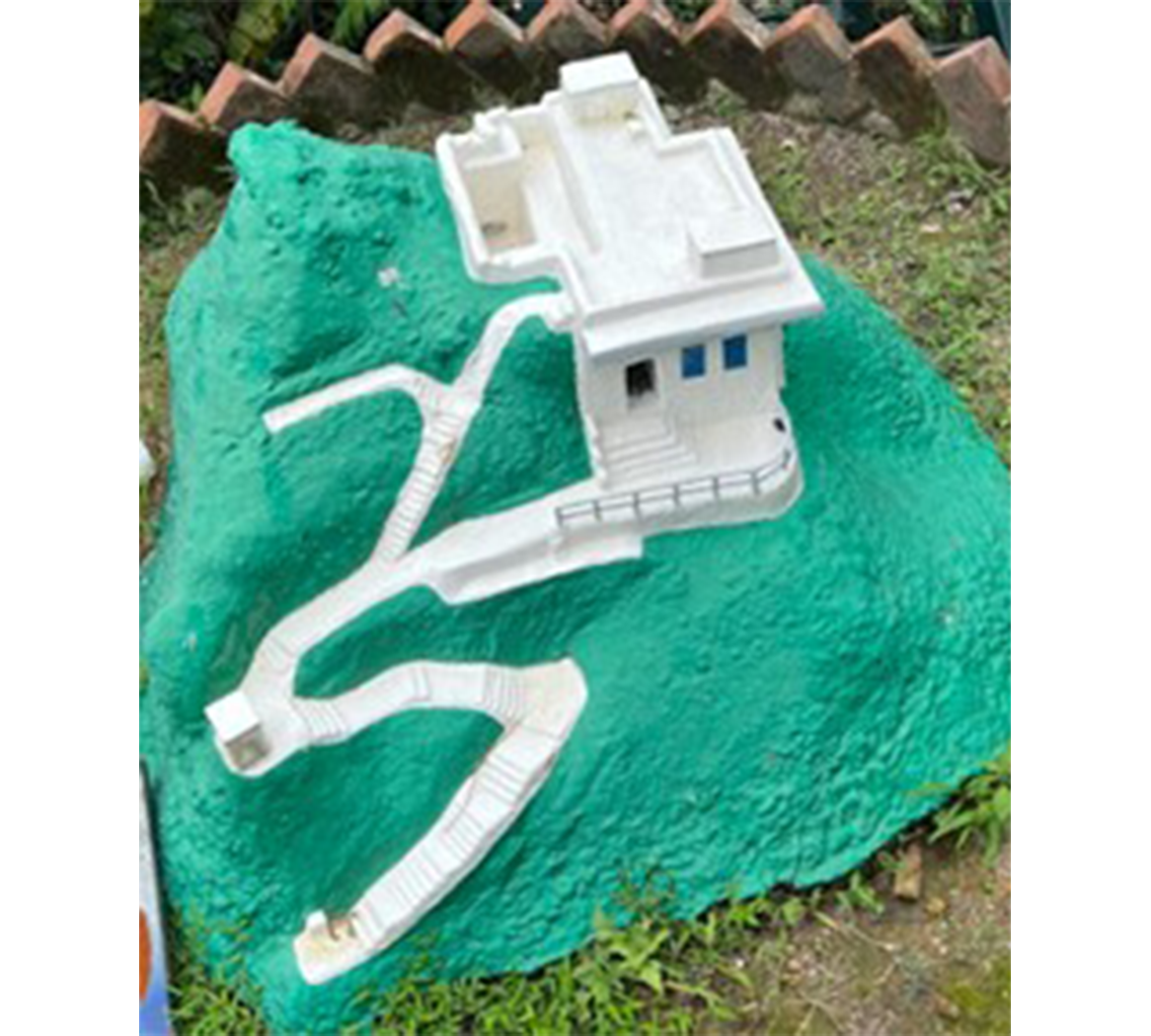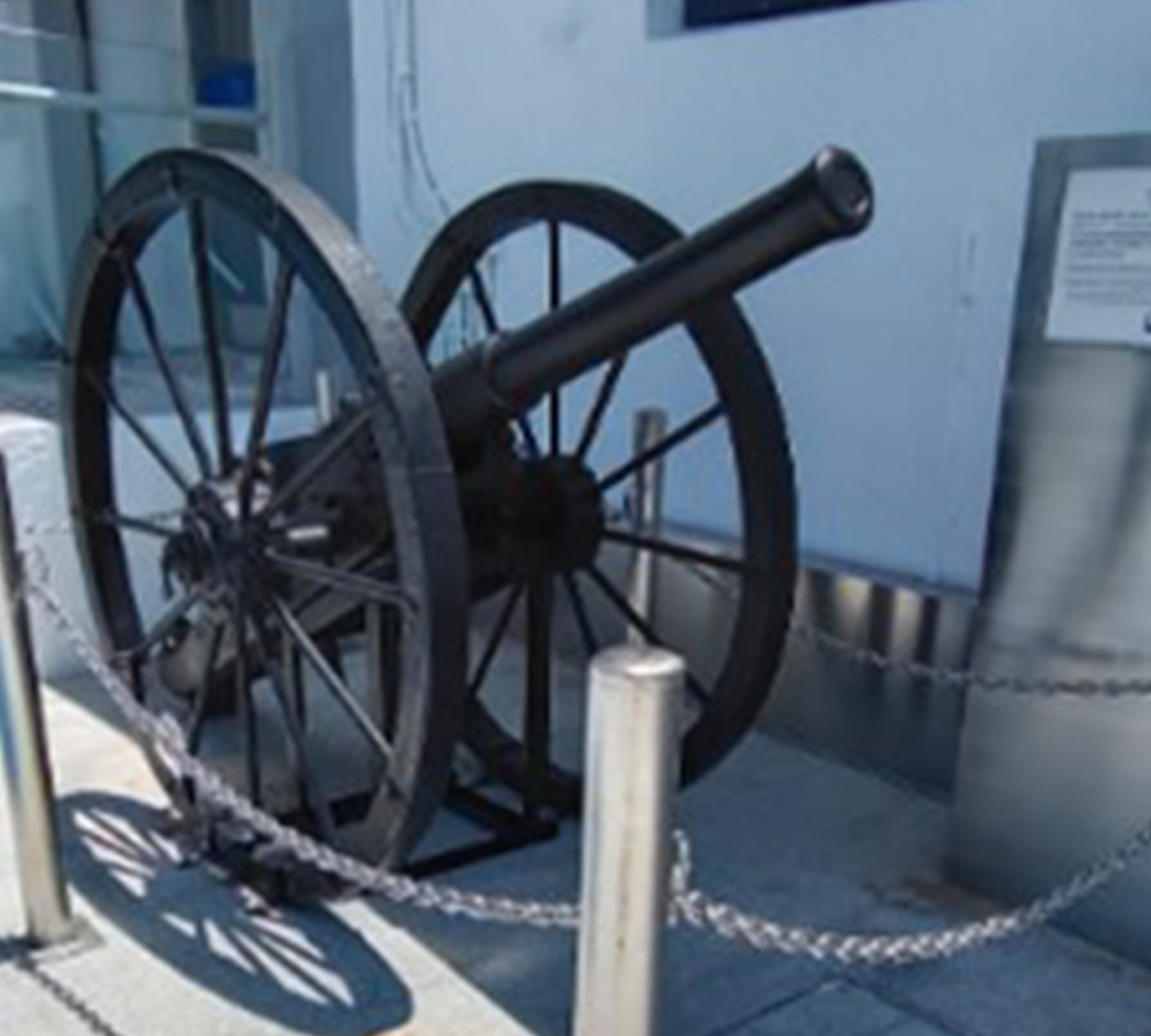Description
Warning signs reminding passers-by not to enter the closed area by mistake can be found near the land boundaries between Hong Kong and the Chinese Mainland. The "Closed Area" refers to the area specified in accordance with section 36 of the Public Order Ordinance, Cap 245, which prohibits any person from entering or leaving the Closed Area without a permit. In the wake of World War II, the Hong Kong-Shenzhen border became a busy place in part due to the significantly increased number of illegal immigrants. The Frontier Closed Area (FCA) policy, including designating the area adjacent to the border as the Closed Area, was implemented by the Hong Kong Government in 1951. It provided a buffer zone in which the Police Force could maintain the integrity of the border between Hong Kong and the Mainland and combat illegal immigration and other cross-border crimes. The management of the FCA is the responsibility of the Border Police District, which has undergone a number of changes to its boundaries in response to social developments. The Border Police District comprises three divisions: Lok Ma Chau, Ta Kwu Ling and Sha Tau Kok. With its unique geographical setting and facilities, as well as its historic defence posts, the Border Police District has always been a restricted area and closed to the public. Hence, the District has always had a mysterious image. Following the phased opening of the Frontier Closed Area by the HKSAR Government between 2012 and 2016, the seven concrete observation posts, commonly known as the MacIntosh Forts, no longer fell within the FCA. Nevertheless, they are still closed to the public. Visitors can only see the outside of these observation posts and access to the sites remains prohibited.

